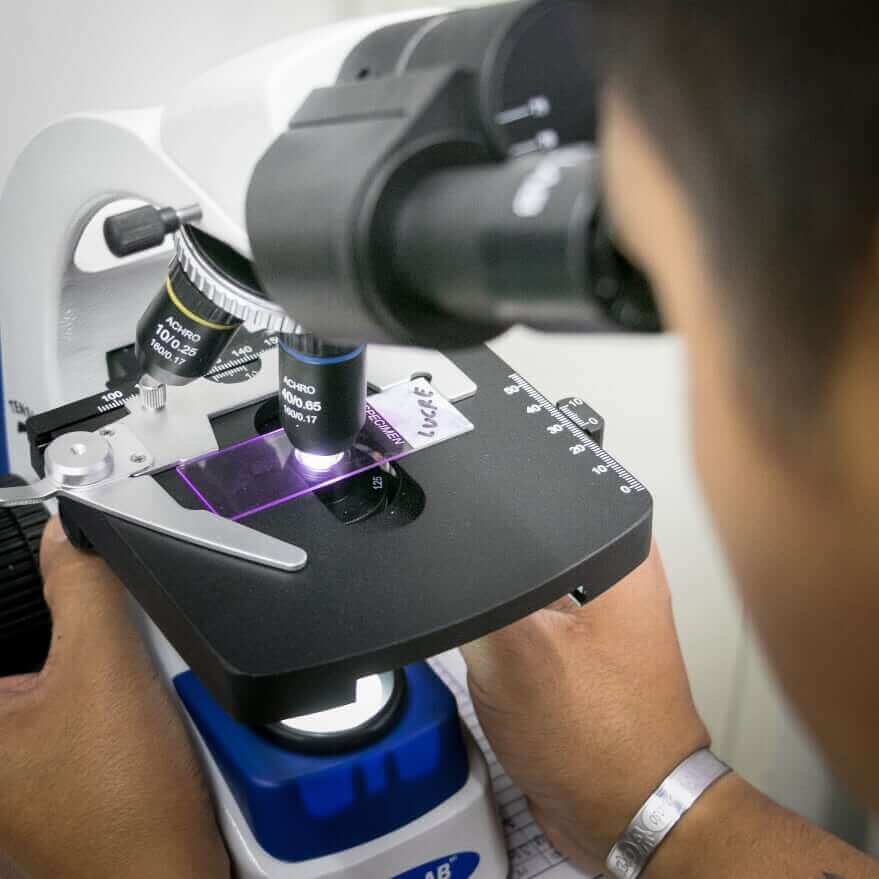Candida Auris was initially diagnosed in the United States in 2013, in Canada four years before that. Candida Auris can cause what is called candidiasis, which is a potentially life-threatening fungal infection. A Candida Auris infection is capable of manifesting in a person’s central nervous system, bloodstream, and in many different internal organs.
The CDC maintains that Candida Auris is highly dangerous for a number of reasons. These include the fact that Candida Auris is proven highly resistant to the various drug treatments normally utilized to combat Candida infections.
In addition, Candida Auris many times is not properly diagnosed. As a consequence, improper treatments are undertaken that do nothing to address the real issue, allowing a Candida Auris infection to worsen unabated.
Finally, the CDC alerts that Candida Auris presents a significant danger because The number of outbreaks in hospitals and other healthcare settings – including skilled care facilities – has been on the increase. Moreover, there has been an uptick in the number of diagnosis being made of individuals that contracted Candida Auris outside of a hospital or other medical setting.
Candida Auris is contracted in two primary ones. First, a person can become infected with the Candida Auris fungus if he or she comes into contact with a person who carries or is infected with it. Bear in mind that a person can be a carrier of the Candida Auris without being infected with the fungus. This technique is known as being colonized with Candida Auris.


 If you are (understandably) like many people (if not most), you may not fully appreciate the differences between the terms cleaning, disinfecting, and sanitizing. In fact, when used in regard to combating the spread of infectious disease, this trio of words have unique meanings, according to the
If you are (understandably) like many people (if not most), you may not fully appreciate the differences between the terms cleaning, disinfecting, and sanitizing. In fact, when used in regard to combating the spread of infectious disease, this trio of words have unique meanings, according to the 
 Another infectious disease that has been snagging headlines and is the focus of concern for health agencies in the United States and elsewhere is the
Another infectious disease that has been snagging headlines and is the focus of concern for health agencies in the United States and elsewhere is the